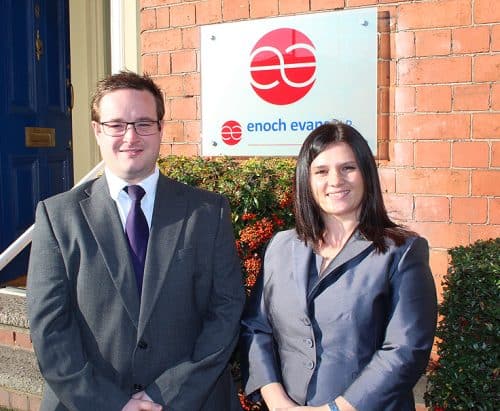Extension to the Furlough Scheme
The Chancellor has announced that the Coronavirus Job Retention Scheme (furlough scheme) will remain available until 31 March 2021. For claim periods running to January 2021, employees will receive 80% of their usual salary for hours not worked, up to a maximum of £2,500 per month. The percentage may be reviewed for February and March.
Full guidance is due to be published on 10 November 2020. In the meantime, HMRC has issued a policy paper specifying the following:
- Employers can claim even if they, or the relevant employees, had not previously used the CJRS, whether the business is open or closed.
- Claims can be made from December.
- Employer contributions during the CJRS extension until January will be the same as in August 2020. This means that for hours not worked by their employee, employers will only be asked to cover National Insurance and employer pension contributions.
- Employers can claim for employees who were employed and on their PAYE payroll on 30 October 2020. The employer must have made a PAYE Real Time Information (RTI) submission to HMRC between the 20 March 2020 and 30 October 2020, notifying a payment of earnings for that employee.
- Employers will have flexibility to use the scheme for employees for any amount of time or shift pattern, furloughing employees on either a full-time or part-time basis, and will be able to vary the hours worked in agreement with the employee.
- Employees who have previously been furloughed continue to have their pay and hours based on the existing furlough calculations (as under the old scheme). Employees who have not used the scheme before will have a different pay/hours reference period. Full guidance will be provided on 10 November, but we understand that the pay is based on 80% of the wages payable in the last pay period ending on or before 30 October 2020 (for those on fixed wages), or 80% of the average payable between the start date of their employment or 6 April 2020 (whichever is later) and the day before their CJRS extension furlough periods begins (for those on variable wages).
- Employees can (not that they must be) be furloughed if they are shielding in line with public health guidance (or need to stay at home with someone who is shielding).
- The CJRS is not intended for short-term sick absences. If, however, employers want to furlough employees for business reasons and they are currently off sick, they are eligible to do so, as with other employees.
- Furloughed employees who become ill, due to coronavirus or any other cause, must be paid at least Statutory Sick Pay (SSP). As under the CJRS previously, it is up to employers to decide whether to move these employees onto SSP or to keep them on furlough, at their furloughed rate.
- Employees that were employed and on the payroll on 23 September 2020 who were made redundant or stopped working for their employer after that date can be re-employed and claimed for.
- During hours which employees are recorded as being on furlough, they cannot do any work for their employer that makes money or provides services for their employer or any organisation linked or associated with their employer. But Employees can take part in training, volunteer for another employer or organisation or work for another employer (if contractually allowed).
- Employers should discuss with their staff and make any changes to the employment contract by agreement. When employers are making decisions in relation to the CJRS process, including deciding who to offer furlough to, employment, equality and discrimination laws will apply in the usual way.
- To be eligible for the grant, employers must have confirmed to their employee (or reached collective agreement with a trade union) in writing that they have been furloughed or flexibly furloughed.
- Employers must make sure that the agreement is consistent with employment, equality and discrimination laws, keep a written record of the agreement for 5 years, keep records of how many hours their employees work and the number of hours they are furloughed (for example, not working), for 6 years.
- Where consistent with employment law, any flexible furlough or furlough agreement made retrospectively that has effect from 1 November 2020 will be valid for the purposes of a CJRS claim as long as it is made according to the conditions above, providing it is put in place by 13 November.
- The Job Support Scheme and the Job Retention Bonus have been put on hold (for now).
If you need any assistance with furlough, written agreements or longer term business planning including restructures and redundancies or policies and procedures, please contact Katie Baker-Clifton on 01922 705957 or kbc@enoch-evans.co.uk or Stephen Nixon at sjn@enoch-evans.co.uk


